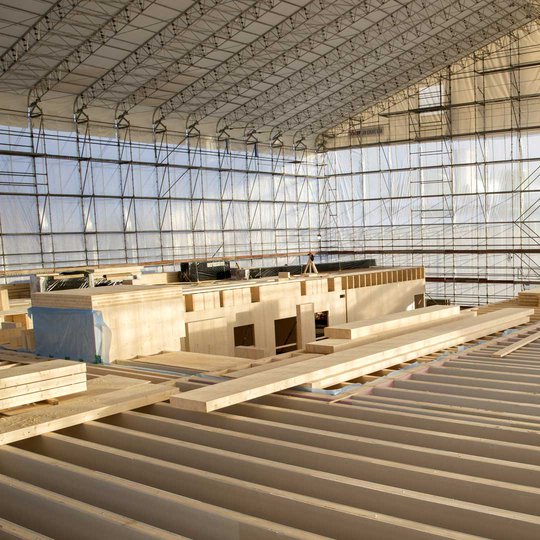


Various building materials react individually to wetness and moisture. For example, the exterior materials of buildings are intended to withstand humidity, whilst insulation and other materials remaining inside may be unable to withstand even the smallest amount of wetness. Finland's four seasons and varying weather conditions, which are hard to predict and exclude, add to the mix.

In successful moisture management, all possible risk and challenge factors are taken into account at an early design stage, making the installed weather protection system efficient and durable even under severe weather conditions. This can be used to prevent moisture risks and moisture damage, and to ensure the longest possible service life for new buildings.
Successful moisture management for building sites consists of several elements that play a significant role in projects: